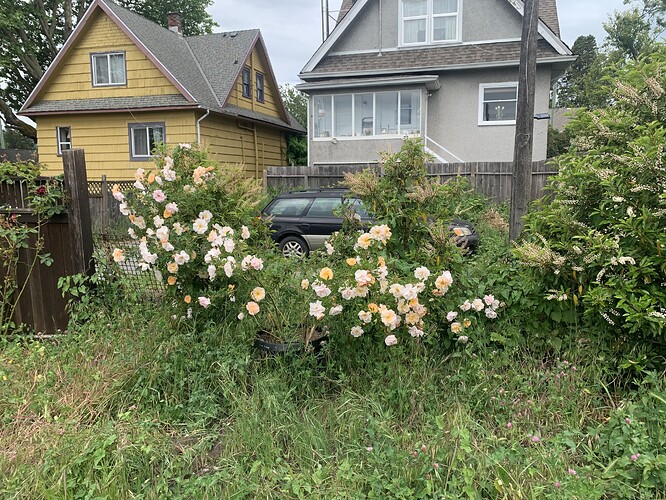The plant that C. C. Hurst recognized as R. laxa Retz. was tetraploid. He counted chromosomes for himself, so I wonder what ever happened to that specimen.
Gardeners Chronicle & New Horticulturist 130: 14-15 (July 14, 1951)
Seeds from Botanic Gardens
Gordon Rowley
The annual circulation of exchange lists by botanic gardens and plant research stations affords the experimenter his readiest means of obtaining seeds. He can rarely hope to find a collector on the spot to send him plants from the wild, and cuttings are easy enough if taken locally, but are troublesome to pack, and perishable in the post. Thus it often happens that he falls back on a search through the current seed lists, hoping that the plants raised will come “true.” But do they? Sometimes his hopes are justified. Sometimes the plants grow uniformly, but prove to be of a different species through misnaming in the first place.
Seeds received here as > Bulbine annua > from six different sources in Europe grew uniformly as > B. semibarbata, > and the true, dwarf, ephemeral > B. annua > does not seem to be in cultivation at all — except, perhaps, under another name.
An obvious misnaming such as this is easier to detect than a chance hybrid, which, if queried at all, may be dismissed as due merely to local growing conditions.
Sometimes where only one plant is wanted the remaining seedlings are discarded, and in the absence of taxonomic study this plant passes muster as the true species, and no one is ever the wiser. Early discarding of seed pans may lead unwittingly to the encouragement of vigorous hybrids. An extreme instance was a pan of > Rosa Maximowicziana > sown in 1948. A single plant came up at once, but grew into an extraordinary dwarf tetraploid instead of the expected tall shrub. Nothing more appeared until the fourth spring, when four seedlings of more orthodox form germinated, and will, we hope, prove nearer to the plant required.
An opportunity for testing the incidence of hybridity in open-pollinated seeds from mixed collections came during the search for Rose species for the National Rose Species Collection now being formed at Bayfordbury. Seedlings raised in 1948 have been grown on side by side, and many are now sufficiently mature plants for critical comparison. Often, of course, germination is erratic or very poor, and generalizations cannot be made. The best batch for purposes of analysis consists of 30 “species” from seeds from two botanic gardens.
Of these, six were obviously misnamed in the first place, and three have not as yet been matched with any published description. Eight formed families of great diversity, showing the influence of one or more foreign parents, or suggesting that the mother plant was already a hybrid. At best, only 13 (about 43% of the whole) could be reasonably retained under the name by which they were received.
Sometimes the influence of one powerful pollinator can be seen in the contamination of many plants growing near it. An interesting case was provided by seeds from a well-known collection in the North. At least four out of nine “species” raised showed unmistakable characters of the diploid > R. rugosa. > This oriental species is so distinct in its form of leaflets, stem armature, flowers and scent that its F1 hybrids can be readily perceived.
Throughout these investigations, chromosome studies have proved of the greatest help, and counts made by Miss A. P. Wylie have brought to light many inconsistencies, and helped clear up others. For instance, a very mixed family of 19 plants arose from seeds received as > Rosa flexuosa. > Some were “canina-type” hexaploids and might well be the > R. Jundzillii > to which Keller refers > R. flexuosa. > One dwarf plant is a heptaploid with 2n=49, and at least one other octoploid with 2n=56; allowing for the unbalanced gametes of Caninae Roses these could have arisen by outcrossing with a regular tetraploid and regular hexaploid species respectively.
Sometimes it is even possible to suggest, on cytological grounds, the other parent of such aberrant individuals. Five Kew seedlings received as > Rosa pendulina > (tetraploid) turned out, surprisingly enough, to be all heptaploid, with somatic counts of 2n=49 (or very nearly so). Examination of the Kew “pendulinas” revealed one that was an octoploid under the name of > R. balsamea, > and next to it as its nearest neighbour a hexaploid, > R. nutkana. > Perhaps these were the parents of the mysterious heptaploids which, for all their odd ancestry, flower well and seem remarkably fertile.
